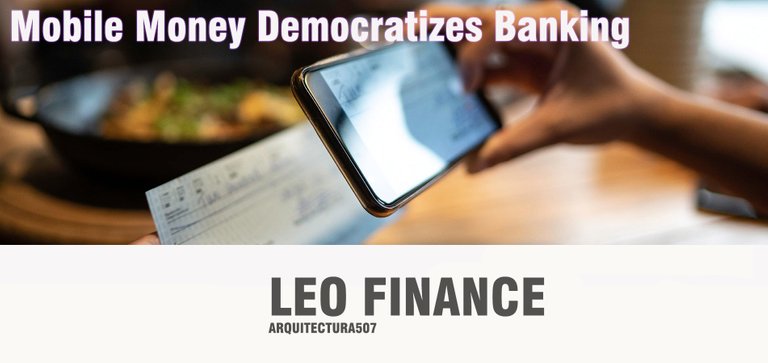Mobile Money Democratizes Banking

In developing countries, 2.5 billion people do not have access to bank accounts and rely on cash or other informal services for their needs. Banking infrastructures face challenges in adapting their business models to serve remote areas or lower-income populations. But much of the population in these areas has access to a mobile phone, which can change the landscape of financial services for these “unbanked” individuals in a secure manner — mobile money banking. In Kenya, 72% of the population has mobile money accounts. The nearest bank may be several days’ walk for many people, but through a password-protected transaction enabled by a cellphone, people are able to make withdrawals and deposits easily. The system also enables transfers, insurance, savings and more.

How It Works
In Kenya, mobile money service M-PESA has 40,000 registered agents. For the population working in cities and sending money home to families in more rural areas, M-PESA agents provide an accessible and fast way to transfer money almost immediately.
Registered intermediaries are able to pool cash and mobile money received from various agents and arrange logistics between affiliated banks and other agents, creating a distribution network that offers the necessary liquidity.
Why It Matters
. Businesses are able to use mobile money deposits as a safe to protect their earnings.
. People traveling longer distances can deposit money with an agent in one location and withdraw it
from their destination for safer travels.
. During the pandemic, fee waivers on M-PESA has enabled more contactless currency exchanges to prevent
the spread of the virus
The growth of mobile money banking has the potential to change the economic landscape for many currently underserved and unbanked countries and may be a feasible solution to aid in pulling many communities out of extreme poverty.
Posted Using LeoFinance Beta